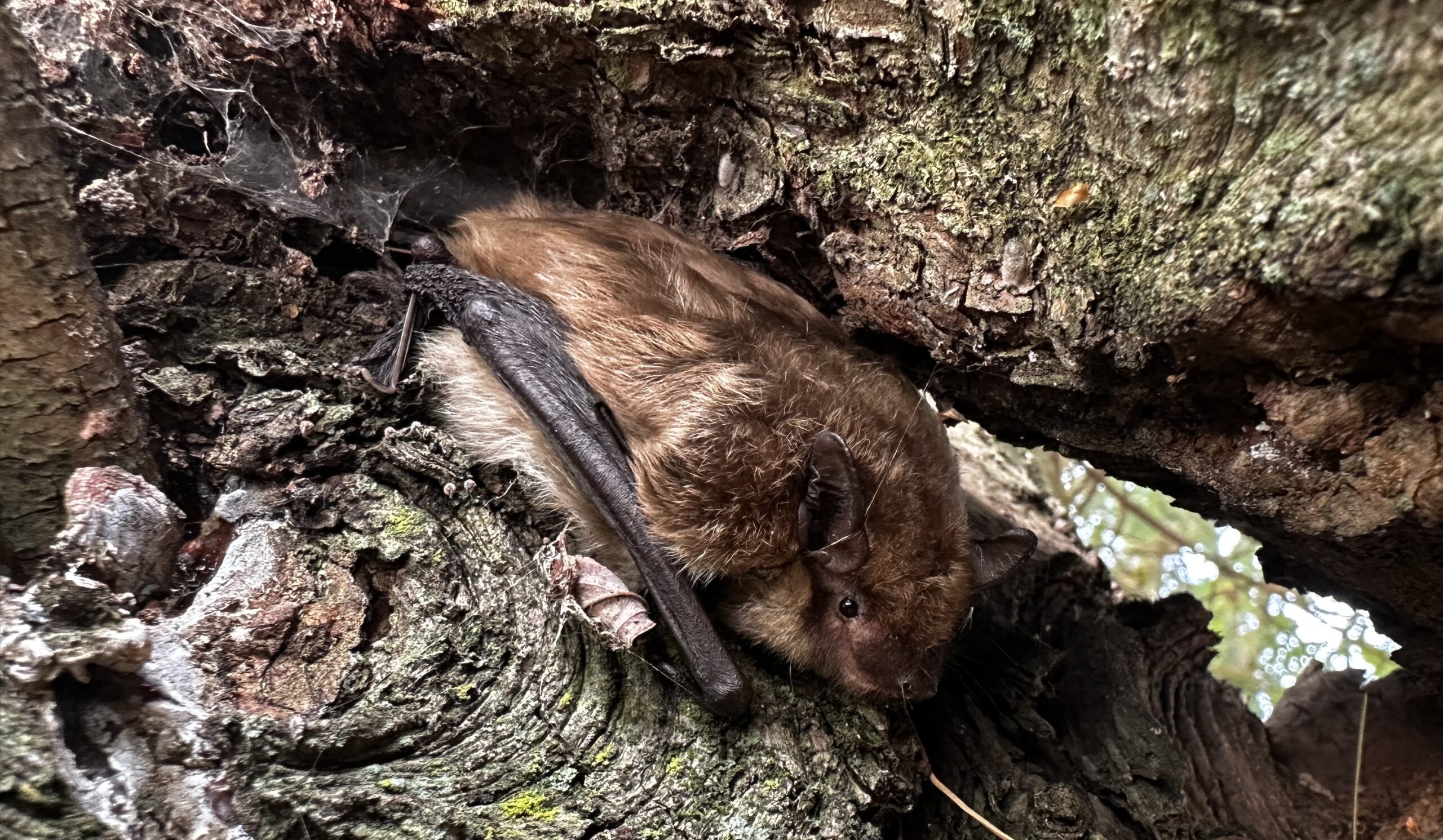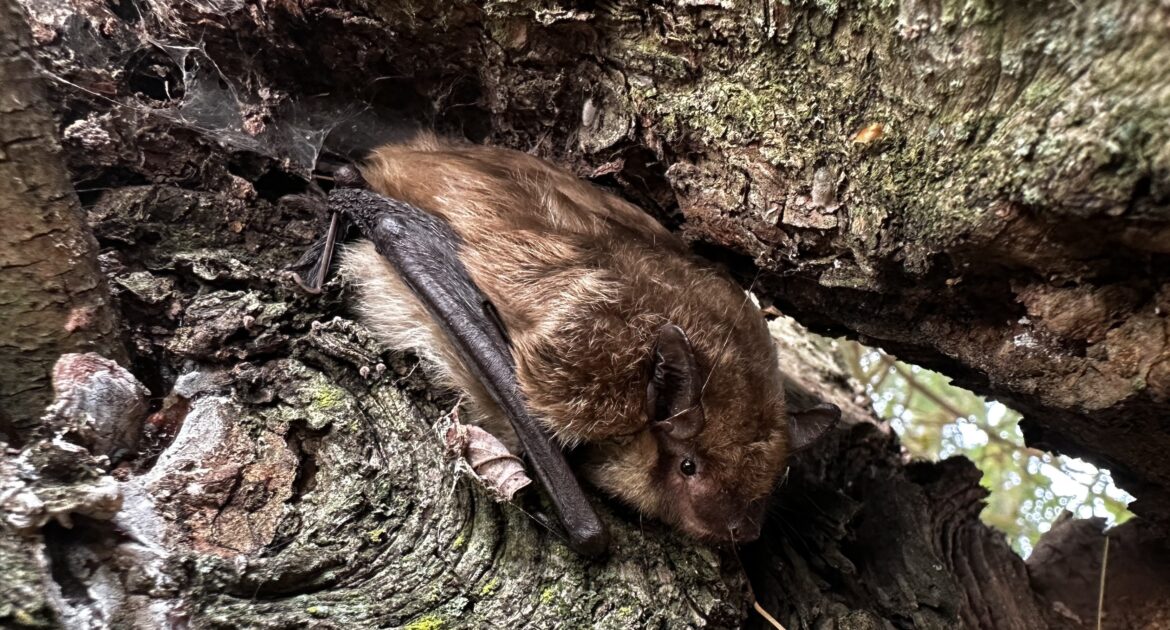Late in the evening, you notice a few bats darting through your yard. While their silent flight might seem unsettling, their visit likely has a simple explanation. Bats are drawn to food sources that could be hiding around your home without you realizing it. If you’ve been wondering why bats are attracted to your property or what they eat, understanding their diet is essential to keeping them at bay.
Bats eat a wide variety of things—depending on the species, their meals can range from insects to fruit, nectar, and even plant material. Urban neighborhoods, like those in Columbus, provide ample opportunities for these creatures to find food, often thanks to our gardens, outdoor lights, and other elements we overlook. What might seem harmless to us could actually be inviting bats to stick around. Below, we’ll uncover the surprising foods that might attract bats to your property and how small changes can make a big difference.
What Attracts Bats to Urban Homes?
Are bats visiting your yard more often than you’d like? Most of the time, they’re there because of food. Light fixtures, overgrown gardens, or even a harmless birdbath could create a feast for these animals, especially in urban areas. Knowing what these food sources are will help you protect your home and discourage their presence. Here are the most common—and often surprising—reasons bats might be paying you a visit:
1. Flying Bugs Near Outdoor Lights
Bugs like moths and gnats are naturally drawn to artificial lights such as porch fixtures, garden lights, and street lamps. While these insects may annoy us, bats see them as the perfect food source. If you want to reduce insect activity—and the bats that follow—consider switching to yellow or warm-colored bulbs. These lights are less attractive to insects than typical white bulbs.
2. Stagnant Water Sources
Standing water, like an unmaintained pond, birdbath, or clogged gutters, creates the perfect breeding ground for mosquitoes and other insects that bats eat. Regularly empty and clean sources of water around your yard, or keep water moving by using a small pump in ponds to discourage insect breeding.
- Keep gutters clean and free of debris.
- Refresh birdbath water frequently.
3. Overripe Fruits or Rotting Plant Material
Fruit bats are attracted to the sugary scent of overripe fruit and fermenting plant matter. Fallen fruit, unharvested produce, or open compost bins can bring these bats into your yard. Always pick ripe fruit promptly and manage your compost properly by keeping it tightly covered. Even small, untended gardens can draw bats if fruit or vegetables are left to rot.
4. Overgrown Gardens and Dense Shrubs
An untidy garden with thick shrubs, tall grass, and plant debris provides shelter for bugs like moths and beetles, a favorite meal for bats. By keeping your yard clean and well-maintained, you can reduce insect populations and discourage bats from hunting in your space.
- Trim overgrown hedges and mow regularly.
- Remove piles of leaves and plant debris.
5. Open Trash Cans and Food Scraps
Exposed food waste in open trash bins attracts insects like flies and beetles, which, in turn, lure bats looking for a quick meal. To prevent this, invest in garbage cans with tight lids, and clean them occasionally to minimize food odors. Keeping waste sealed until garbage day can make a big difference.
6. Flowering Plants That Bloom at Night
Night-blooming plants like jasmine, moonflowers, and fruit tree blossoms can attract nectar-feeding bats. The sweet scent and nectar act as a natural lure. To avoid drawing bats too close to your home, plant night bloomers farther from entrances and windows while still enjoying their beauty in other areas of your yard.
7. Untreated Pests Around the Yard
Unchecked insect populations, such as beetles, grasshoppers, or caterpillars, are a smorgasbord for bats. While bats play a crucial role in keeping insect numbers in check, relying solely on them isn’t always enough. Managing pests early with eco-friendly pest control methods helps reduce insects without harming wildlife or the environment. By choosing sustainable solutions, we can maintain a healthy balance in ecosystems while protecting biodiversity.
8. Warm, Sheltered Spots Near Food Sources
Bats often roost in warm, sheltered places close to food sources. Gaps between shingles, fireplaces, or attic spaces can provide the perfect roosting spot for them. Inspect your home for entry points, no matter how small, and seal them properly to prevent bats from settling into your house.
Maintaining a bat-friendly yet controlled environment requires a thoughtful approach to landscaping, pest management, and home maintenance. By addressing key factors such as food sources, roosting spots, and habitat design, you can enjoy the ecological benefits bats provide while minimizing potential conflicts. These measures ensure harmony between humans and wildlife, setting the stage for a balanced ecosystem and a sustainable coexistence.
What To Do If Bats Keep Visiting
If you’ve noticed an increase in bat activity around your home in Columbus, it might be time to call Skedaddle Humane Wildlife Control. We specialize in safe, humane methods to protect homes from bats and other animals. Our team uses innovative one-way doors to allow bats to leave on their own, preventing harm while keeping them from coming back. Removing entry points and reducing attractants are core to our solutions, and we’re committed to giving you peace of mind.
Wondering how to keep bats away for good? Contact Skedaddle Humane Wildlife Control for a thorough inspection. Whether it’s addressing food attractants or sealing potential roosting spots, our team is here to help protect your property. Call us today!




